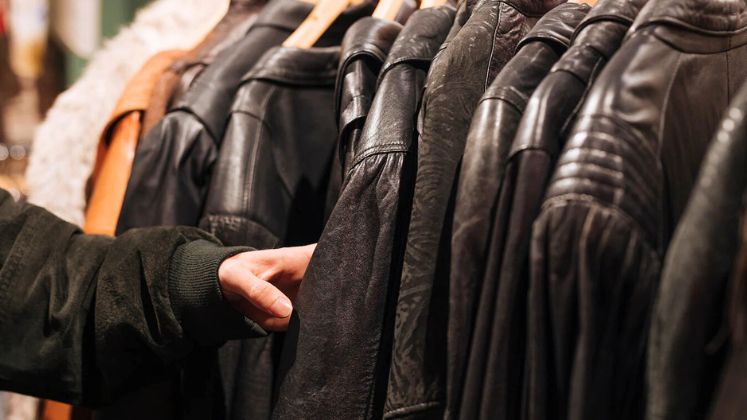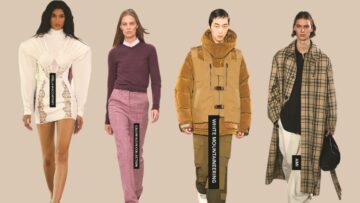
The leather apparel market is anticipated to begin an upward consumption trend over the next ten years, driven by the growing demand for leather clothing in the UK. With a predicted compound annual growth rate (CAGR) of +5.3 per cent from 2024 to 2035, the market is expected to fare slightly better, reaching a volume of 1.5 million units by the end of 2035.
In terms of value, the market is expected to grow at a projected compound annual growth rate (CAGR) of +6.9 per cent between 2024 and 2035. By the end of 2035, the market is expected to be worth US $ 142 million (at nominal wholesale prices).
After two years of increase, the consumption of leather or composition leather clothing fell for the second consecutive year in 2024, down -12.5 per cent to 869 thousand units. In 2024, the UK’s leather clothing market grew significantly to US $ 68 million, an 8.9 per cent increase from the year before.
About 4.8 thousand units of leather or composite leather clothing were produced in the UK in 2024, a -2.8 per cent decrease from 2023. The manufacture of leather clothing increased somewhat in value terms, reaching an expected US $ 807,000 in export prices in 2024.
After two years of increase, foreign purchases of leather or composition leather clothing fell by -12.3 per cent to 1.2 million units in 2024, marking the fifth consecutive year of declines. Imports of leather clothing totalled US $ 123 million in 2024.
With a combined 81 per cent of all imports, Pakistan (575 thousand units), India (290 thousand units), and Italy (75 thousand units) were the UK’s top suppliers of leather clothing. With a combined 16 per cent, China, Turkey, Ireland, Vietnam, France, Spain, and Germany trailed somewhat.
With a combined 74 per cent share of all imports, Italy (US $ 48 million), India (US $ 27 million), and Pakistan (US $ 16 million) were the UK’s top suppliers of leather clothing in terms of value. With a combined 20 per cent share, Turkey, France, China, Vietnam, Spain, Ireland, and Germany trailed somewhat.






